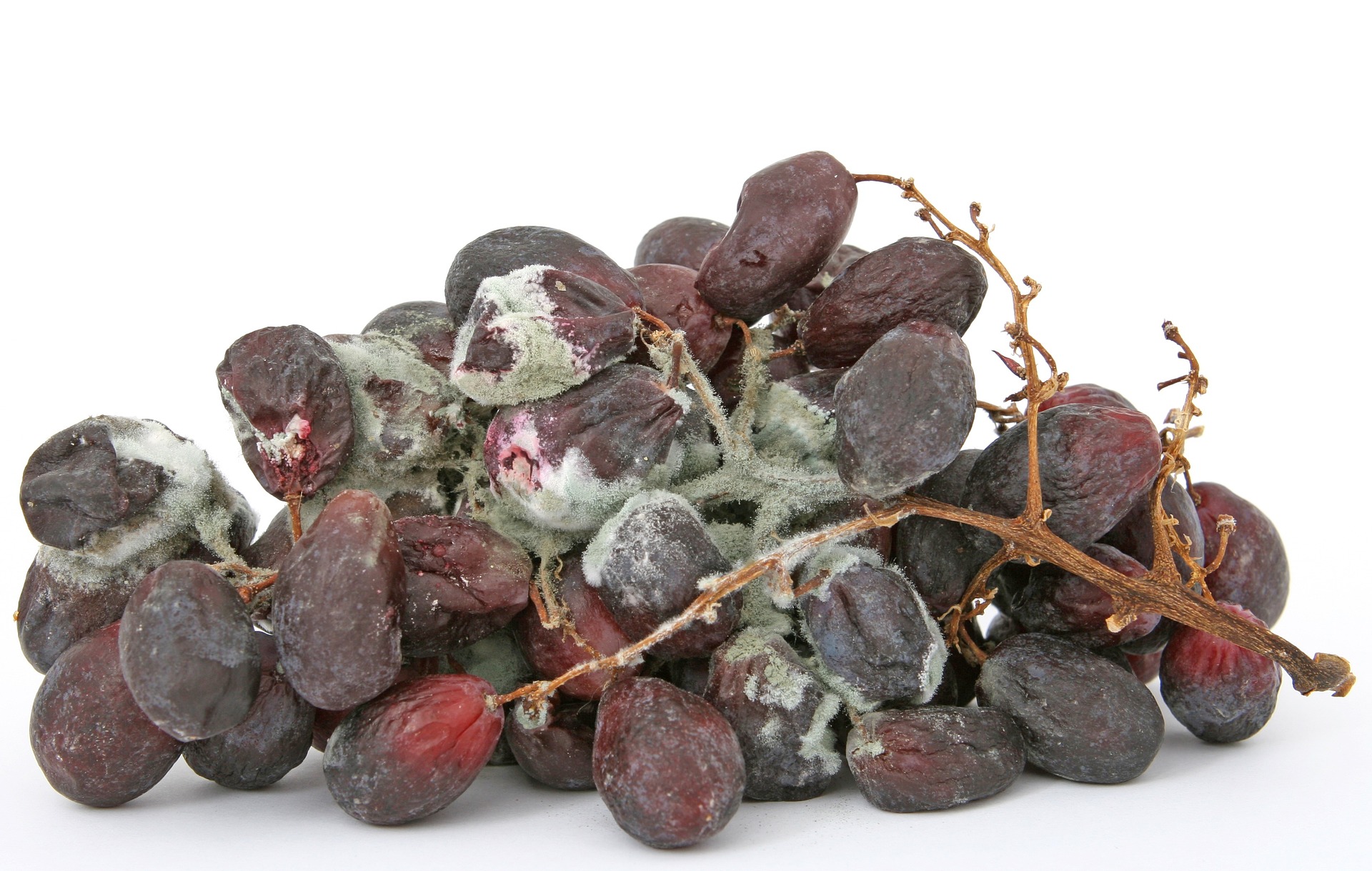With the harvest of the vines for the preparation of a drying berry selection the grapes stricken by grey mould rot (noble rot) are not disposed of, but are not separated harvest and are pressed. In some wine regions like Sauternes, Moselle and Rhine district one would like to cause the admission of the so-called noble rottenness wanted therefore Trockenbeerenauslese or the sweet wines in the Sauternes like chateau D ' to get Yquem or chateau Rieussec.
So that noble rottenness can arise, a special climate must arise. Not many viniculture areas are suitable for it to offer this climate and secure regular profits permanently. To produce a noble rottenness, one needs a permanently high atmospheric humidity with an adequate temperature which relatively remains constant over the complete period. The winegrower can produce a Trockenbeerenauslese only in such a way.
The mould attacks the bowl of the berries. Through this the berries lose much water, acids and nitrogen. Since the mould needs more acid as sugar to grow, she hands in to the metabolic product to the berry. This giving promotes the prominent taste of Trockenbeerenauslese.

The individual berries traditionally are ploughed by hand. The wine gets the expression "selection" one reaches only, when there was a particularly strong attack by noble rottenness, for the maturity time and favourable terms given in the wine year was. Trockenbeerenauslese then can become a perfect example of the wine culture. The high-quality sweet wines like Trockenbeerenauslesen and ice wines are a very expensive and rare wine, though. A Trockenbeerenauslese of a good producer cost far over 100 euros often. Chateau D ´ Yquem of wines are today already so rare and in demand that the price continues to rise.